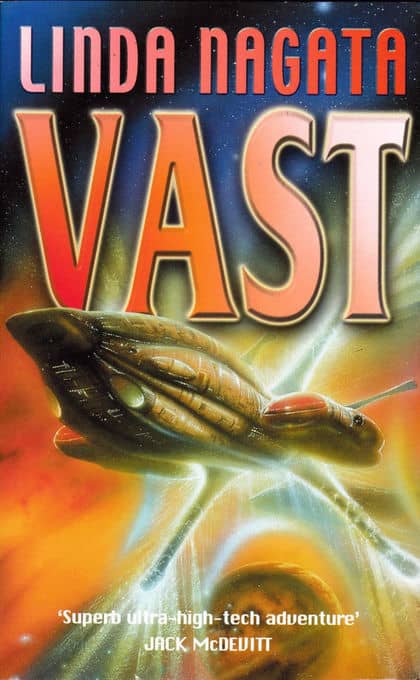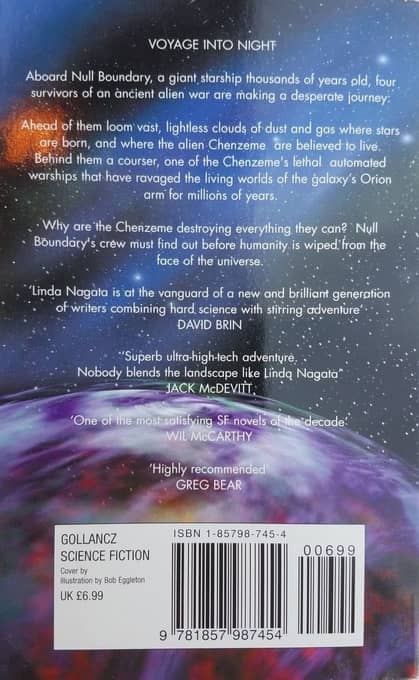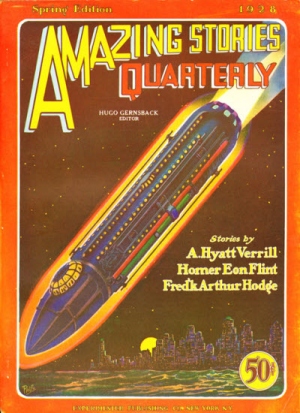Birthday Reviews: Stanisław Lem’s “Ijon Tichy’s Last Journey to Earth”
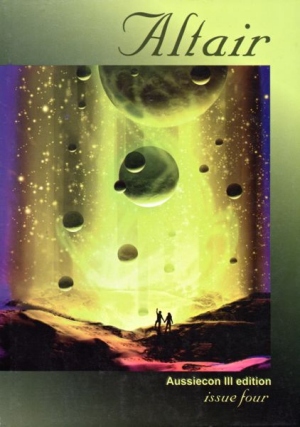
Stanisław Lem was born on September 12, 1921 and died on March 27, 2006.
Polish author Stanisław Lem won the Seiun Award in 1977 for his short story “Rozprawa” and the Geffen Award for the novel Solaris, which was thrice adapted for film, first in 1968 for Soviet television by Lidiya Ishimbaeva and Boris Nirenburg, second by Andrei Tarkovsky in the Soviet Union in 1972, and finally by Steven Soderbergh in 2002. Lem has also received the City of Krakow’s Prize in Literature, several prizes from the Polish government during the Communist period, the Grand Prix de Littérature Policière, the Franz Kafka Prize, and was made a member of the Order of the White Eagle. In 1973 Lem was given an honorary membership in SFWA, but once he was eligible for a regular membership, the bylaws of the organization required the honorary membership to be rescinded, which caused an uproar among some members.
“Ijon Tichy’s Last Journey to Earth,” which was written as Ostatnia Podroz Ijona Tichego, was published in English in August 1999 in Altair #4, without a previous Polish publication. It was translated by a team comprised of Kurt von Trojan, Robert N. Stephenson, and Ela Wroaebel. The magazine was edited by Andrew Collings, Jim Deed, and Robert N. Stephenson. The story was later translated into German as “Ijon Tichys letzte Reise” and published by Wolfgang Jeschke in the anthology Reptilienliebe.
Stanisław Lem’s Ijon Tichy stories are not hard science fiction, but rather social satire, usually showing the title character traveling to distant planets and observing and commenting on their customs, which are often strangely reminiscent of human custom. Most of the stories have been collected in Lem’s book The Star Diaries. “Ijon Tichy’s Last Journey to Earth” has a recursive component in that Tichy refers to his own book The Star Diaries as a narrative of his travels and implies that the story he is currently relating will appear in a future edition of the book.
Tichy’s set up for the story is that he has been exploring the Cassiopeia constellation for the past six years (although his references to “Cassiopeia’s eight supermoon” indicates that Lem isn’t aware of, or care about, the difference between a constellation and a planetary system) and is returning to Earth for the first time in several years. Upon his arrival, he notices that men and women seem to have swapped traditional attire, with men wearing skirts and women wearing pants. Furthermore, it seems to him that people are being chased through the streets by people wielding butterfly nets. He seeks out someone to explain the cultural changes to him.
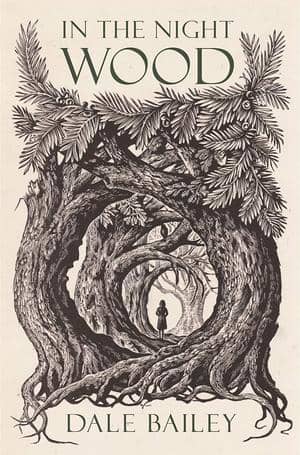
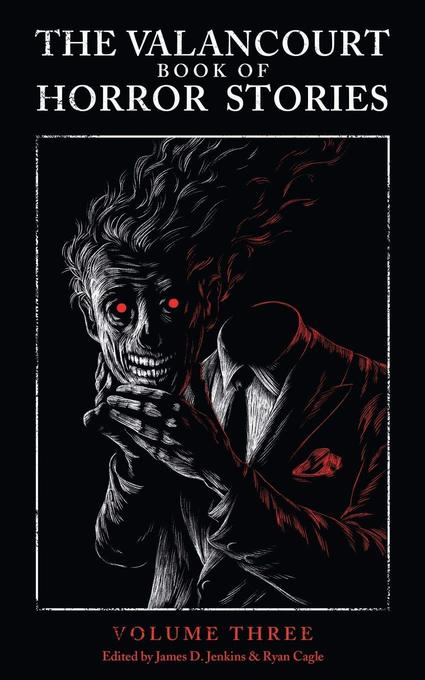

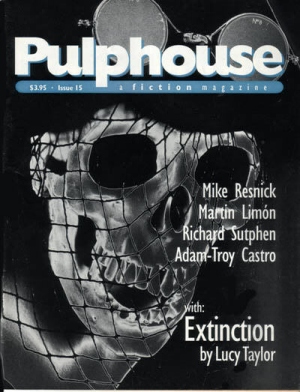
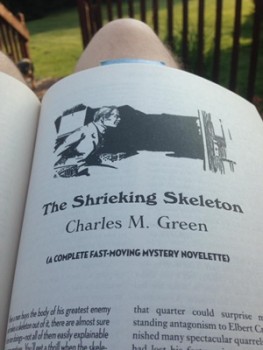
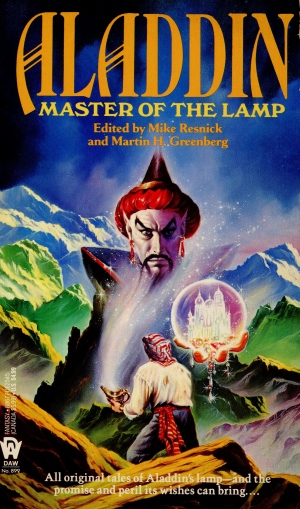
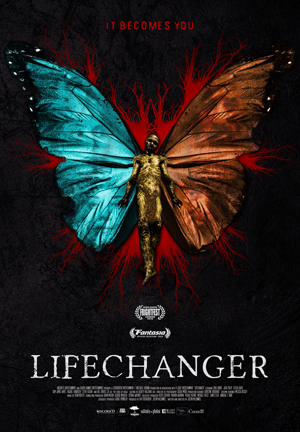 For my last movie of 2018 in the Fantasia screening room I selected a Canadian horror movie called Lifechanger. Written and directed by Justin McConnell, it follows an entity named Drew (narrated by Bill Oberst Jr), who, born human, at age 12 developed the ability and need to change bodies with other people (which Drew does repeatedly through the movie, tying the film together with voice-over ruminations; thus the “narrated by” in the previous parenthesis). The process kills the other person, and leaves Drew trapped in a swiftly decaying body. For decades, he’s had to keep changing bodies every few days, the inevitable rot slowed only slightly by doses of cocaine. Lately, though, he’s convinced himself he’s fallen in love with a woman named Julia. Drew wants to be close to her, but how can he do that given what he is?
For my last movie of 2018 in the Fantasia screening room I selected a Canadian horror movie called Lifechanger. Written and directed by Justin McConnell, it follows an entity named Drew (narrated by Bill Oberst Jr), who, born human, at age 12 developed the ability and need to change bodies with other people (which Drew does repeatedly through the movie, tying the film together with voice-over ruminations; thus the “narrated by” in the previous parenthesis). The process kills the other person, and leaves Drew trapped in a swiftly decaying body. For decades, he’s had to keep changing bodies every few days, the inevitable rot slowed only slightly by doses of cocaine. Lately, though, he’s convinced himself he’s fallen in love with a woman named Julia. Drew wants to be close to her, but how can he do that given what he is?